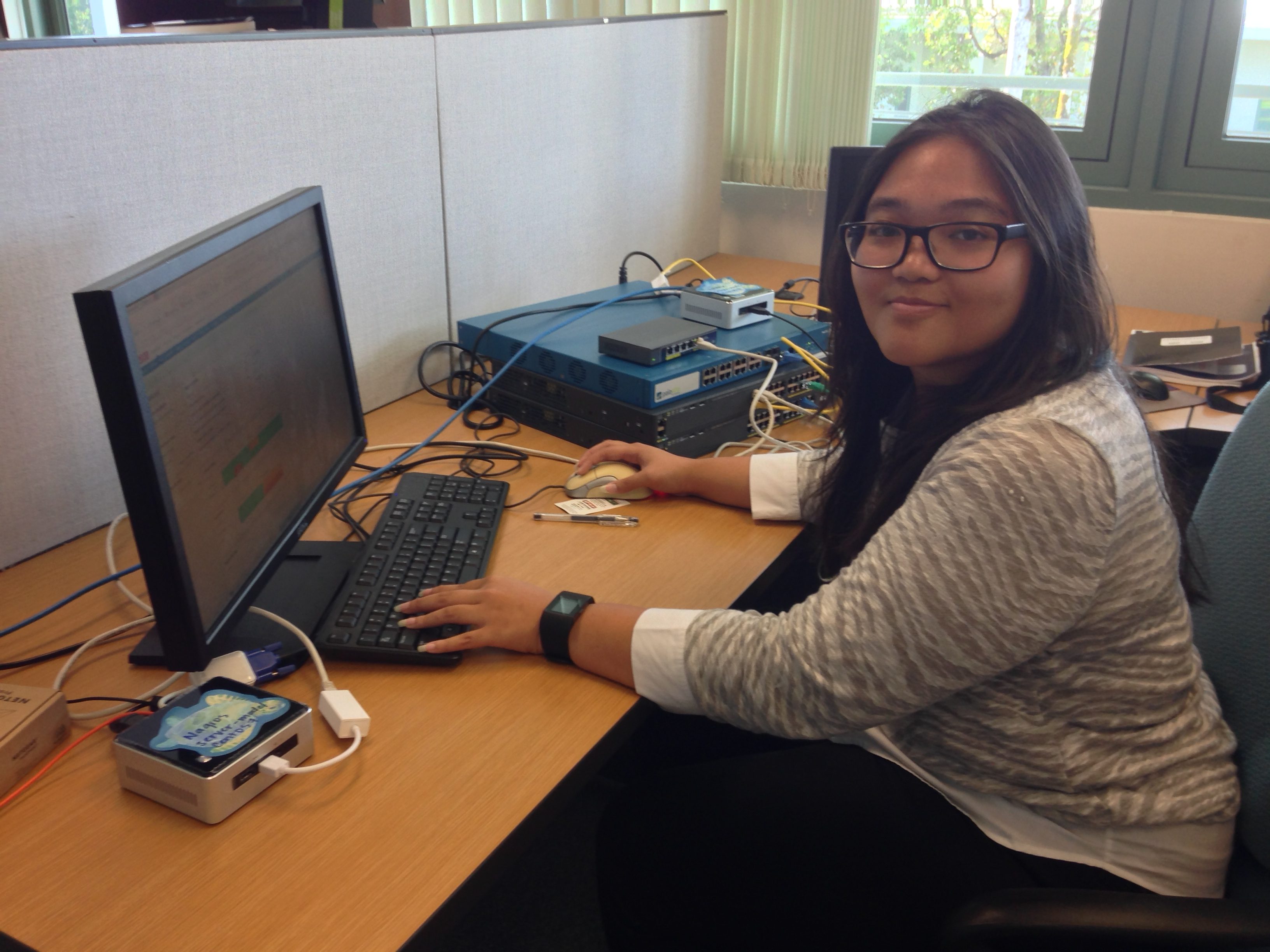
Catherine was born and raised in the Philippines. She immigrated to the US when she was young, but finally moved to Hawaii to finish High school, graduating from Waipahu High school. She is bilingual, knowing Tagalog and English. She graduated with her associate of science degree majoring in Computing, Electronics, and Networking Technology (CENT) at Honolulu Community College and she is graduating in December 2017 with her bachelor of applied science degree in CENT at University of Hawaii at West Oahu. Catherine is a member of a student held organization, named Hawaii Advanced Technology Society (HATS) that bridges the gap between students, alumni, professors, IT professionals, and Hawaii’s youth. HATS also participates in numerous competitions and recently competed in At Large Regional Collegiate Cyber Defense Competition (ALCCDC) with her team finishing in second place. They also competed in the National Cyberleague Competition (NCL), which her team finished in third place. Her goal before graduating this year are to get a full time job to gain more experience in her field and also her VCA, CCNA, and CISSP certifications.
Home Island: Oahu
High School: Waipahu High School
Institution when accepted: University of Hawaii at West Oahu
Akamai Project: Implementation of a Network and Application Monitoring System for Subaru Telescope’s IT Infrastructure
Project Site: Subaru Telescope
Mentors: Eiji Kyono, Kiaina Schubert
Project Abstract:
Subaru Telescope handles more than 150 devices at three different locations that need to be monitored by only two system administrators. In order to work more proactively and troubleshoot more quickly, more records of the devices’ performances need to be gathered, while at the same time the two system administrators need to receive automated notification alerts when a problem has been detected anywhere in the infrastructure. The purpose of this project is to either improve the current monitoring tool, Nagios Core 3.5.1, or implement a new tool that will help monitor critical infrastructure components, system metrics, network, applications, services, and servers. An evaluation of Subaru’s IT infrastructure and the current monitoring tool was undertaken, as well as an evaluation of several alternative monitoring tools to help decide the best monitoring tool Subaru should use. A test environment, which consisted of switches, firewalls, and server models, was created and configured to test Nagios Core 4.3.2 and Zabbix 3.2.6. A virtual machine has also been developed to test the monitoring tools in the production environment. Considering the results after testing both monitoring tools, Zabbix provides flexible data gathering, straightforward administration management, configurable alerting, real-time graphing, historical data storage, and easy configuration. Zabbix 3.2.6 fits Subaru Telescope’s requirements and was implemented in place of the current Nagios Core 3.5.1 due to Zabbix’s superior ability to monitor and provide real-time data and graphs of CPU, memory pool, flash devices, fan, temperature, interfaces, and other records which Nagios does not accomplish easily.